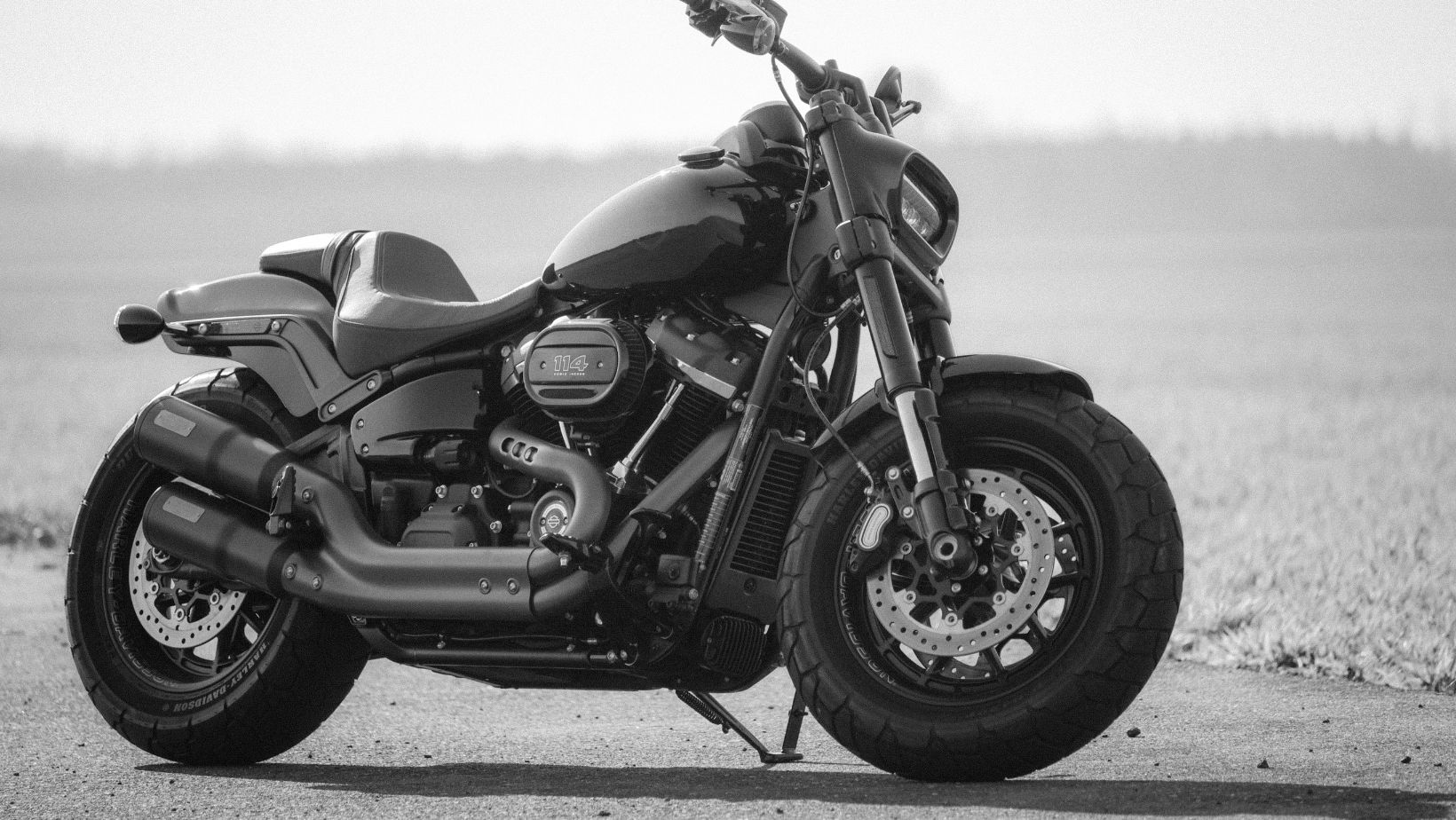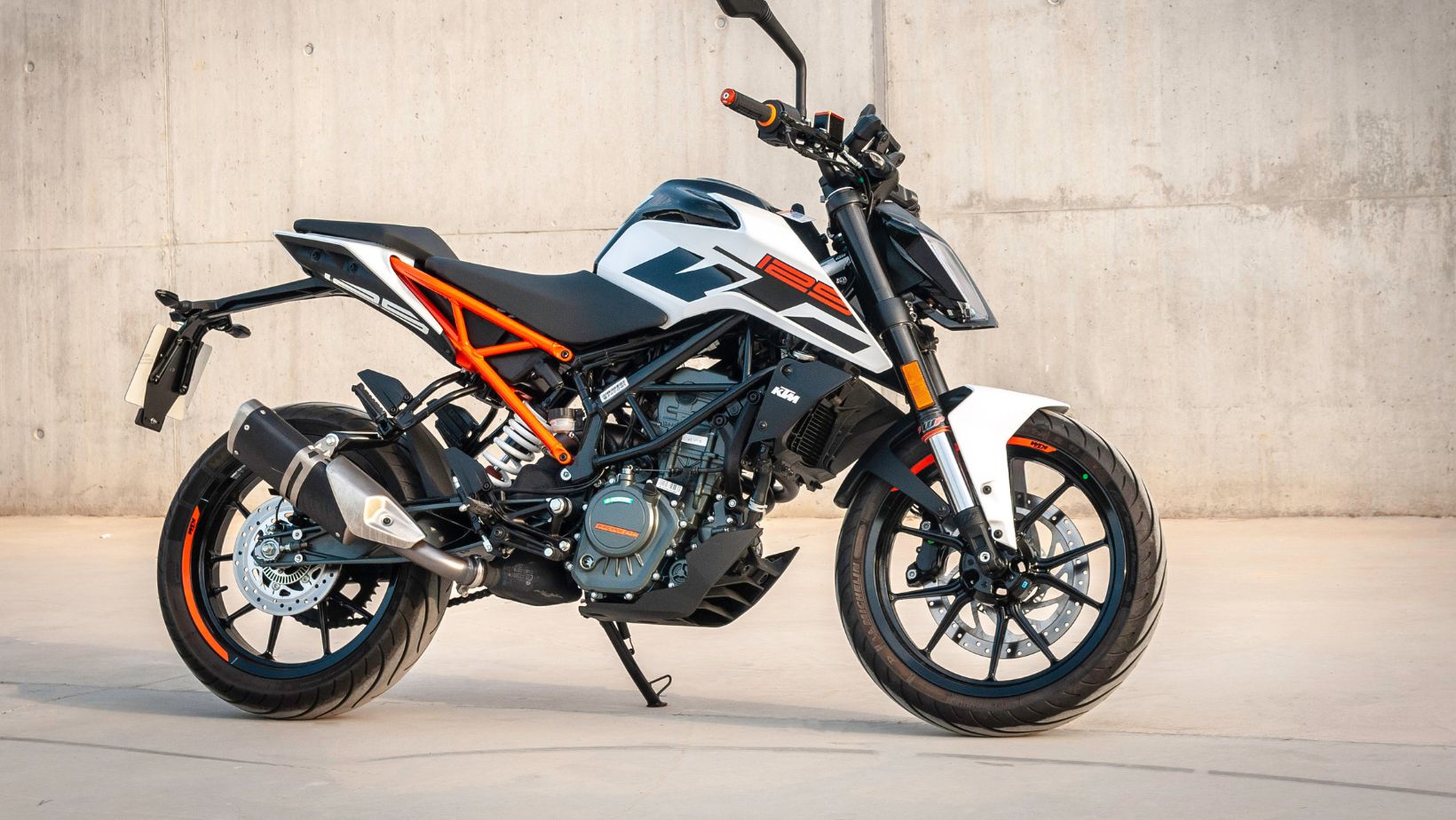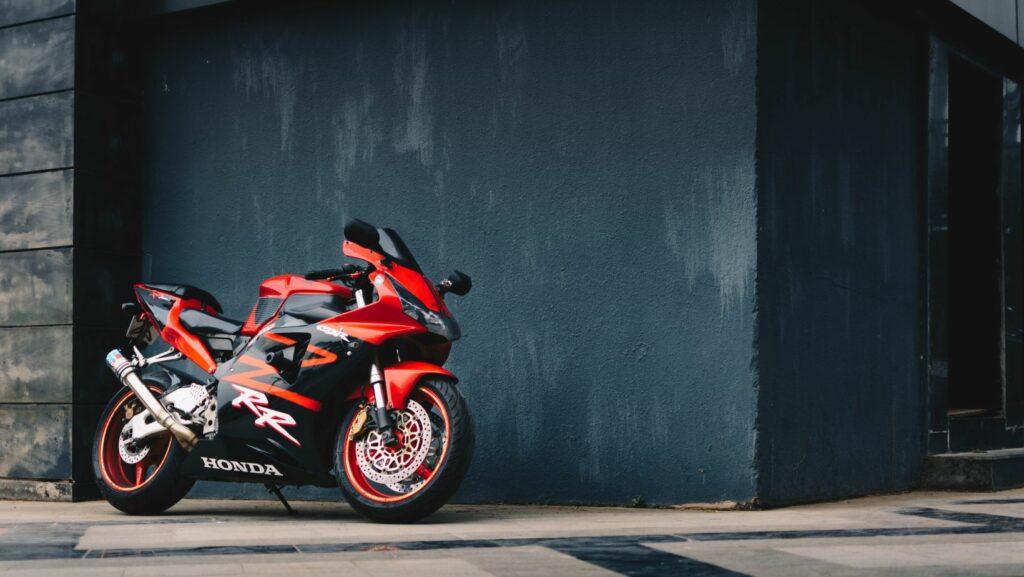
Step back in time with me as we explore the world of vintage motorcycles, specifically focusing on the 1967 Honda motorcycle. This iconic machine, an exemplar of Japanese engineering and design from the 60s era, not only set the bar high for its contemporaries but also left a lasting impact on the motorcycling world. Bursting onto the scene with technology that was ahead of its time, it’s no surprise this bike still holds a special place in many riders’ hearts.
The 1967 Honda motorcycle wasn’t just any ordinary bike—it was a statement, a testament to Honda’s capability to innovate and push boundaries. With models like the CB series (including the renowned CB450), these motorcycles showcased a combination of power, sleekness, and reliability that were pretty much unheard of during their time.
In fact, even today these bikes are sought after by collectors and enthusiasts alike for their nostalgic appeal and timeless performance. Whether you’re drawn to classic motorcycles because you appreciate their history or simply love how they ride, there’s no denying that owning a 1967 Honda would be like holding part of motorcycling heritage right in your garage!
1967 Honda Motorcycle
I’ll jump right in and say that the 1967 Honda motorcycle is a classic piece of engineering. It’s not just any ordinary bike, it embodies a significant period in Honda’s history. The year was all about major shifts for the Japanese giant – from expanding into new markets to introducing innovative designs.
Let me tell you about one particular model that stood out, the ’67 CB450. Known as “Black Bomber” due to its color and power, this model made waves in its time. When we take a look at its specs:
We can see why it gained such popularity. With an engine size of 444cc and power output ranging between 43-45 horsepower, this motorcycle could easily compete with larger British bikes which dominated the market at that time.
There were other models released during ’67 too, each providing something unique for different kinds of riders:
- The CL77 Scrambler: For those who wanted both on-road and off-road capabilities.
- The C100 Super Cub: An economical choice offering fuel efficiency.
- The CD175 Sloper: A mid-weight model popular among commuters.
But I also want to talk about how these motorcycles looked because aesthetics played a big part in their appeal. They featured clean lines, striking colors, chrome accents – all contributing to an iconic style typical of the era.
Lastly, let’s not forget how these machines helped shape future Honda models. Many features first introduced in ’67 continue to be incorporated today – proof of their long-lasting impact on motorcycle design.
In essence, understanding the significance of the 1967 Honda motorcycles means appreciating them as pivotal points within Honda’s journey whilst also recognizing their enduring influence in the world of motorcycling.
Key Features of the 1967 Honda Motorcycle
I’ve always been fascinated by classic motorcycles, and when it comes to iconic bikes, there’s nothing quite like the 1967 Honda. One glance at this machine and you’re catapulted back in time to an era where design met functionality so seamlessly.
Let’s talk about power first. The engine on this bike was a real game-changer for its time – a 305 cc overhead cam parallel twin with an output of around 28 horsepower. This might not sound significant in today’s terms, but back then, it was enough to set hearts racing and put Honda on the map as a serious motorcycle manufacturer.
The ’67 Honda wasn’t just about power though; it had style too. Its polished chrome details, sleek tank design, and slim seat gave it a distinctive look that still turns heads today. It flaunted an incredible blend of Japanese engineering and European styling cues which made it stand out from its peers.

Comfort is another area where this bike excelled. With its upright seating position and well-placed handlebars, riders could enjoy long trips without feeling cramped or uncomfortable. Plus, the suspension system absorbed road bumps effectively ensuring smoother rides even over rough terrains.
Safety features were also noteworthy in this model – drum brakes front and rear provided reliable stopping power while turn signals offered improved visibility for safer rides.
But what truly distinguished the ’67 Honda from other bikes of its era was its reliability. Folks who owned one will tell you: these machines were built to last!



